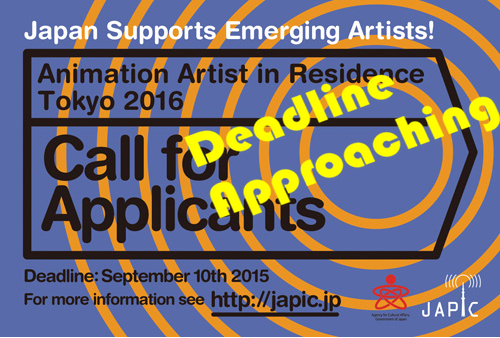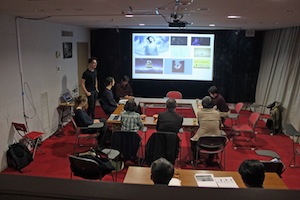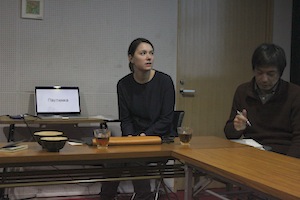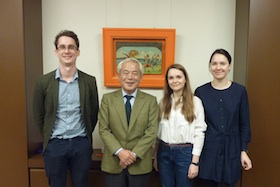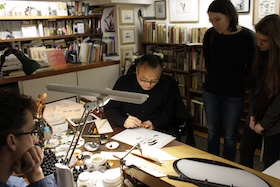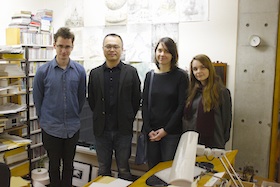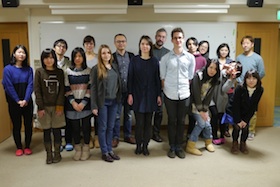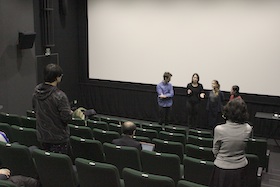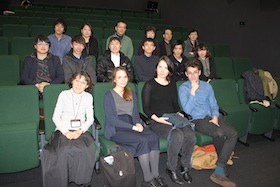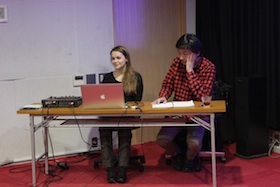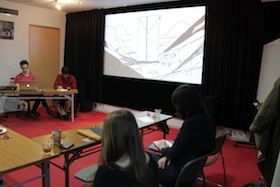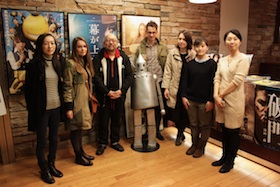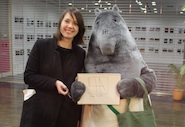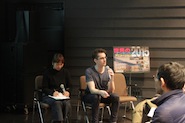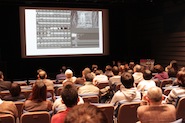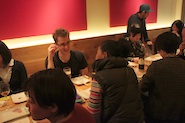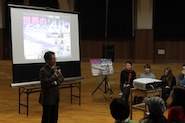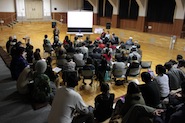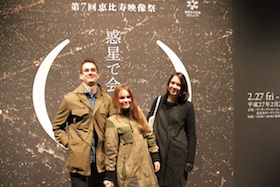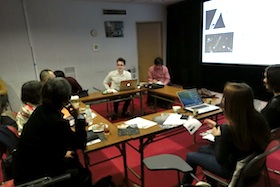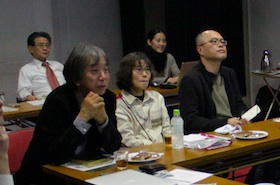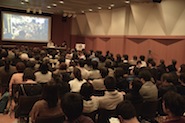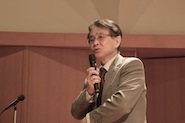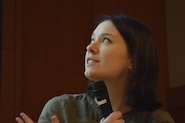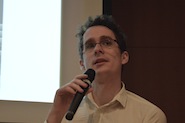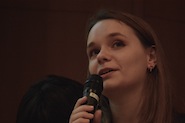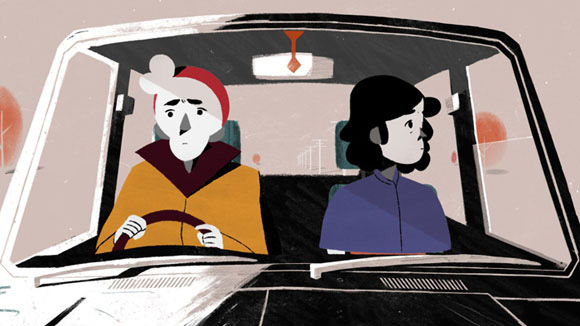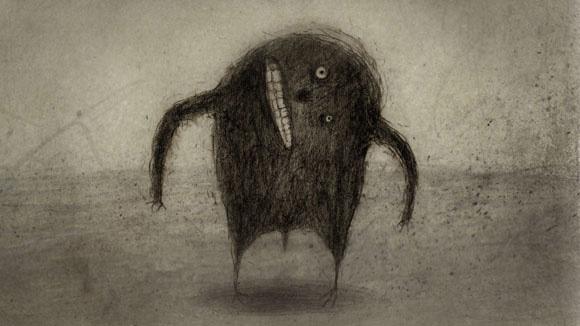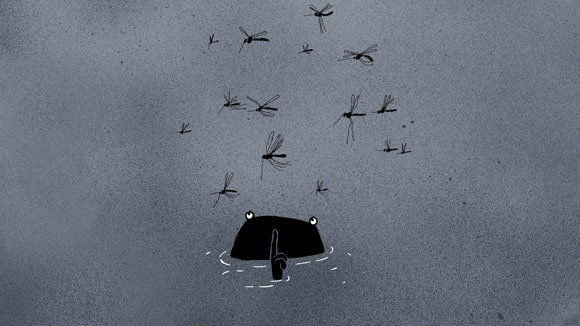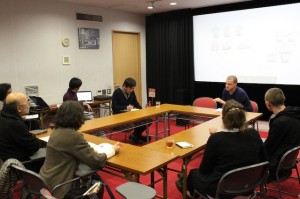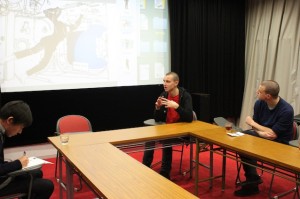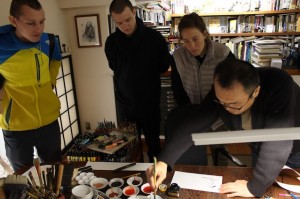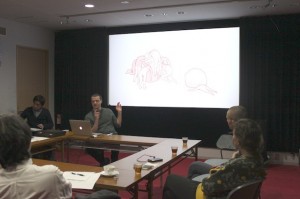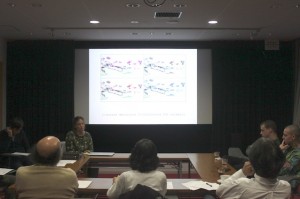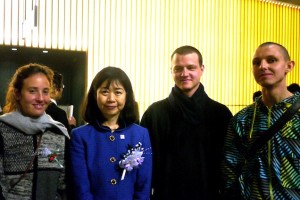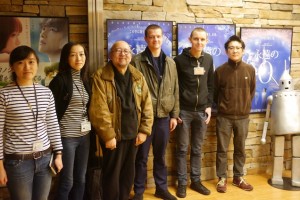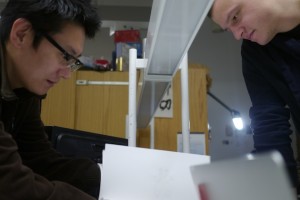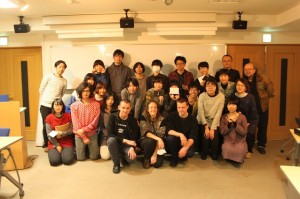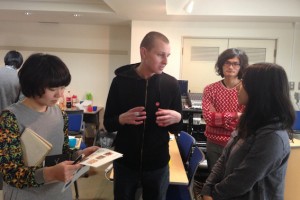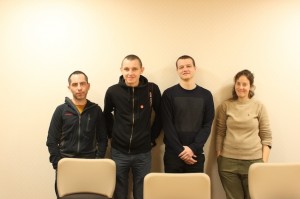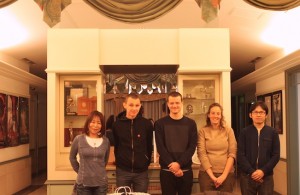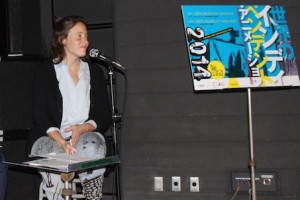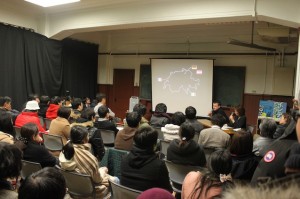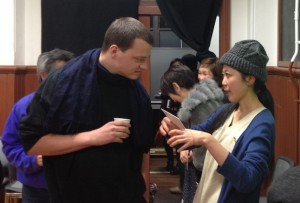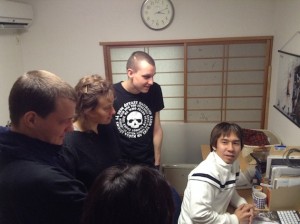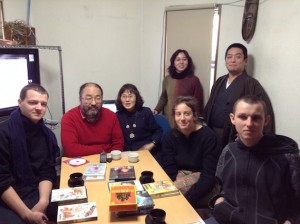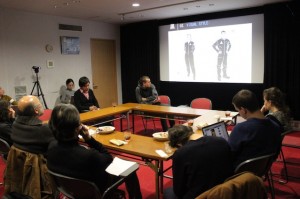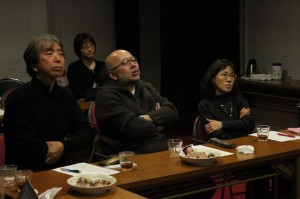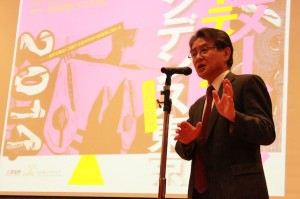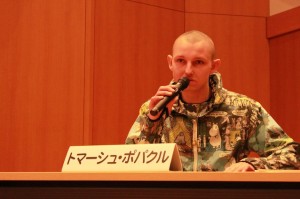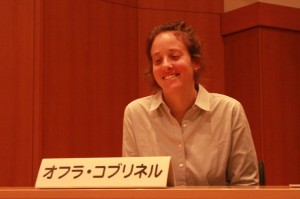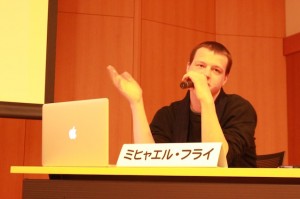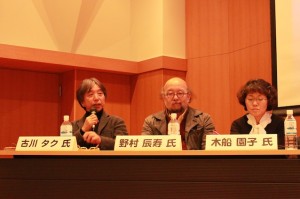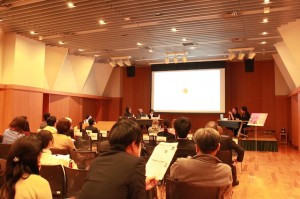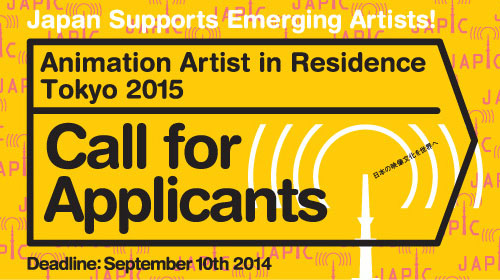With the application period having ended on September 10th, we are pleased to announce the selection of the three artists that have been invited to participate in “Animation Artist in Residence Tokyo 2016.” This program, organized and run once again this year by the Japan Image Council on behalf of the Agency for Cultural Affairs, gives talented creators from other countries the opportunity to pursue their art while interacting with the Japanese animation community. We have established this program with the aim to promote further international exchange in the fields of media art, to encourage artists within our country through this event, and to stimulate creators to put forth outstanding works of animation.
This year, we have invited animation creators between the ages of 20 and 35 from all over the world to apply for this program between July 1st and September 10th, and in response, we received 199 applications from 54 countries. Three applicants were selected to participate in the program after a process involving a preparatory selection meeting, a first selection committee meeting, and a second and final selection committee meeting. These artists will spend 70 days living in Tokyo from January 7th to March 17th, 2016, during which time they will each produce a new work of art while participating in various programs including training sessions, screenings, visits to studios and the ateliers of animation artists, and exchanges with educational institutions.
Invited Artists (Gender/Nationality/Age*) As of January 7th, 2016
Jacky DE GROEN (Female / Belgium / 23)
Johan RIJPMA (Male / Netherlands / 31)
Lilian VAZQUEZ (Female / Mexico / 35)
*For additional information, please contact Japan Image Council
Telephone: +81-3-6670-5676 Fax: +81-3-5466-0054 Website: http://japic.jp/eng/
Residents’ Profile
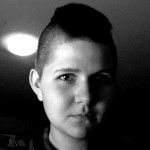
Jacky DE GROEN (Female / Belguim / 23)
Born in 1992. Graduated from KASK School of Arts in Ghent in 2014. ‘Dieperik’ (13) was screened in the 2014 Oberhausen International Short Film Festival, and ‘Eclipse’ (14) was screened in the 2015 Ottawa International Animation Film Festival.
Website: www.eenoogkoning.be
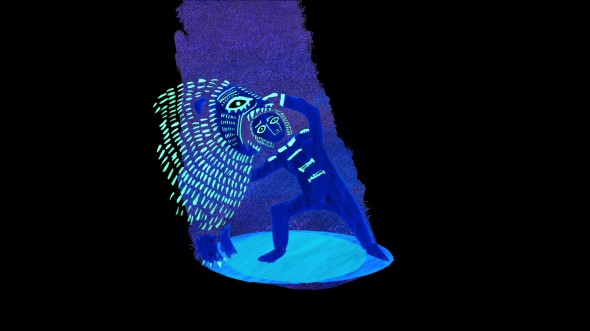
Eclipse
Works:
‘Dieperik’ 2013
‘Eclipse’ 2014
Project Proposal
‘Hat Trick’: A hand-drawn 2D animation about the changing relationship between a magician and a rabbit through their preforming of the well-known ‘rabbit-in-the-hat’ trick. This will be an experimental work that will challenge the boundaries of animation as a medium, by incorporating transformation, dynamic usage of space, loops, zooms, and other methods.
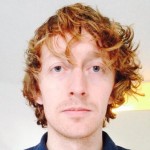
Johan RIJPMA(Male / Netherlands / 31)
Born in 1984. Obtained Master of Arts degree at the Utrecht School of the Arts in 2011. ‘Tape Generations’ (11) has won the Special Experimental Award at the 2013 Disposable Film Festival in San Francisco. ‘Descent’ (14) has won an Honorary Mention at the Pris Ars Electronica.
Website:www.johanrijpma.nl
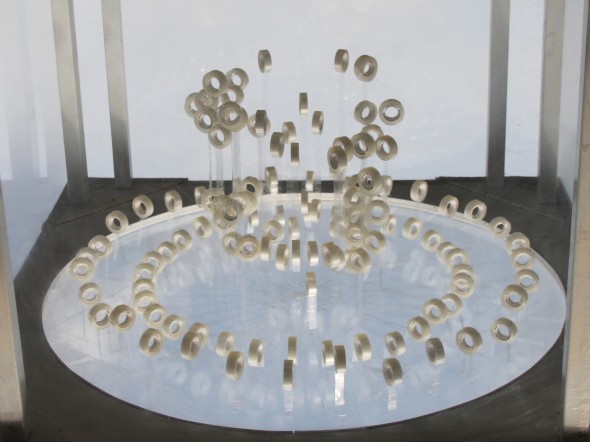
Tape Generations
Works:
‘Grow’, ‘Tiles’ 2009
‘8 Frame Grid’ 2010
‘Tape Generations’ 2011
‘Division’, ‘Primary Expansion’ 2012
‘Refreshment’, ‘Descent’ 2014
Project Proposal
Title not yet decided: An experimental stop-motion animation project that will be an attempt at observing natural physics and their relations between different materials like paper and wood. The project will incorporate a zooming technique that will create a surreal visual effect.
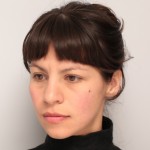
Lilian VAZQUEZ(Female / Mexico / 35)
Born in 1980. Studied journalism in Mexico, and later completed a master’s degree in Film and Audiovisual Studies at the University of Paris III-Sorbonne Nouvelle. Started to create stop-motion animation works from 2008. ‘Number Nine’ (11) has been screened at the 2013 Animatica International Animation Festival, and ‘Sofia’ (14) was screened at the 2015 Animated Dreams Festival, amongst other international screenings.
Website:lilianvazquez.net

Sofia
Works:
‘Number Nine’ 2012
‘Practice’ 2012
‘Sofia’ 2015
Project Proposal
‘Present is All We Have’: A short animation film inspired by traditional Japanese arts and handcraft, created by using various kinds of paper, fabric, textures, and digital effects.
Report following the conclusion of “Animation Artist in Residence Tokyo 2015” >>
Report following the conclusion of “Animation Artist in Residence Tokyo 2014” >>
Report following the conclusion of “Animation Artist in Residence Tokyo 2012-2013” >>
Report following the conclusion of “Animation Artist in Residence Tokyo 2011-2012” >>
Report following the conclusion of “Animation Artist in Residence Tokyo 2010-2011” >>



